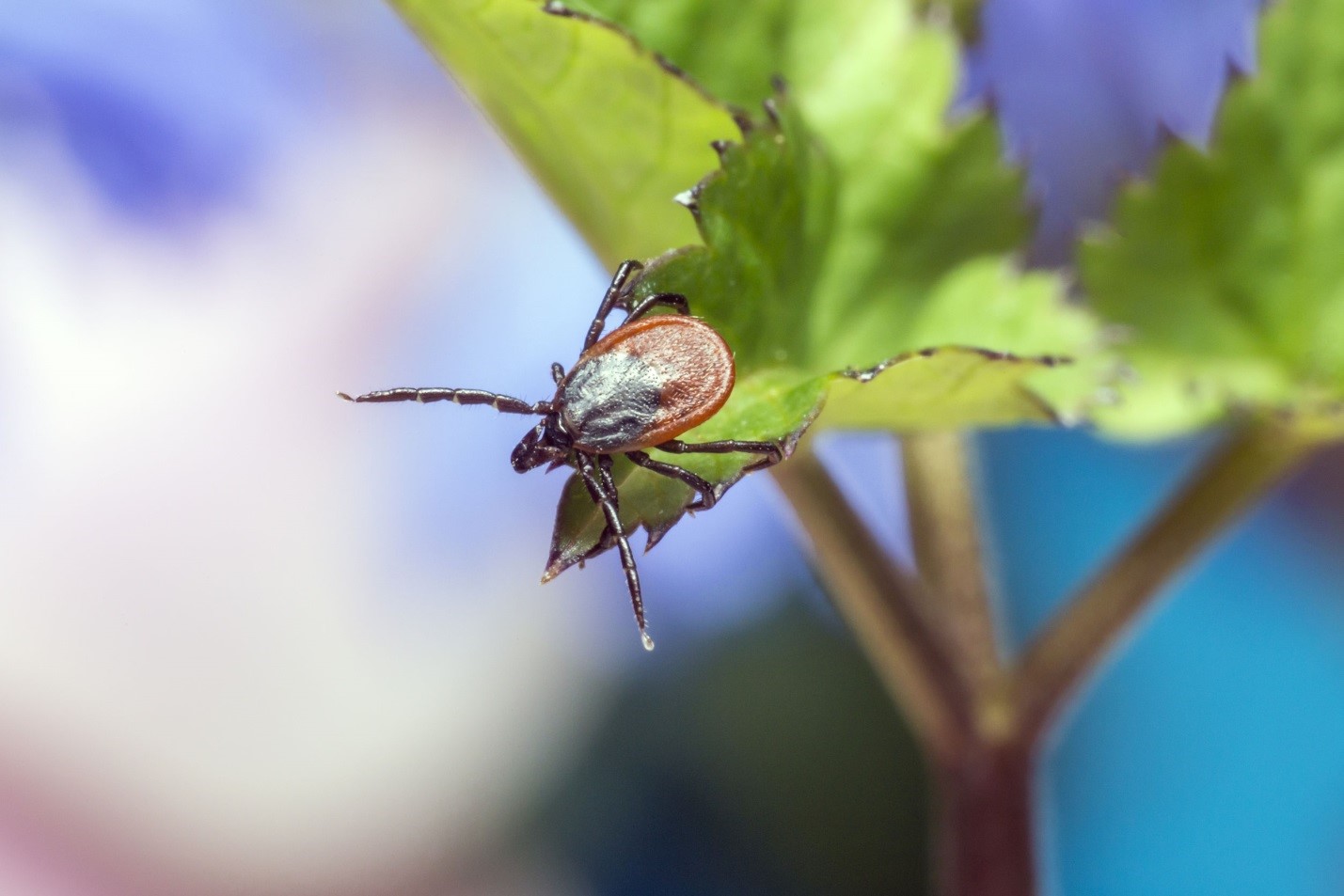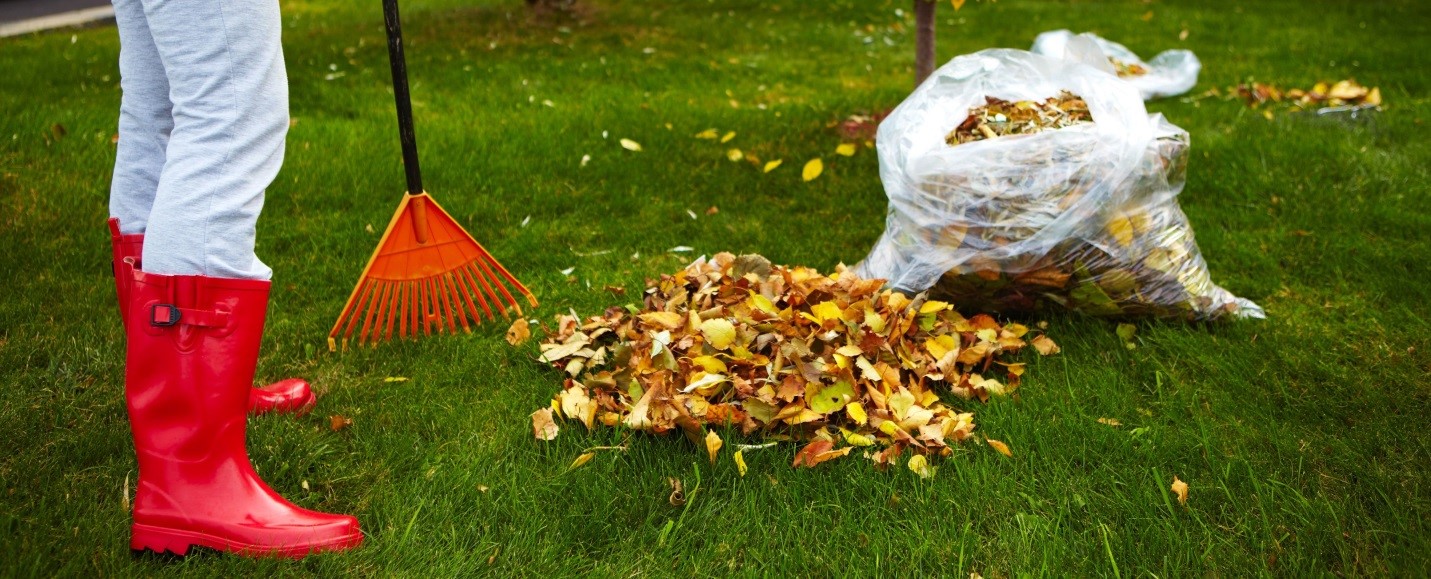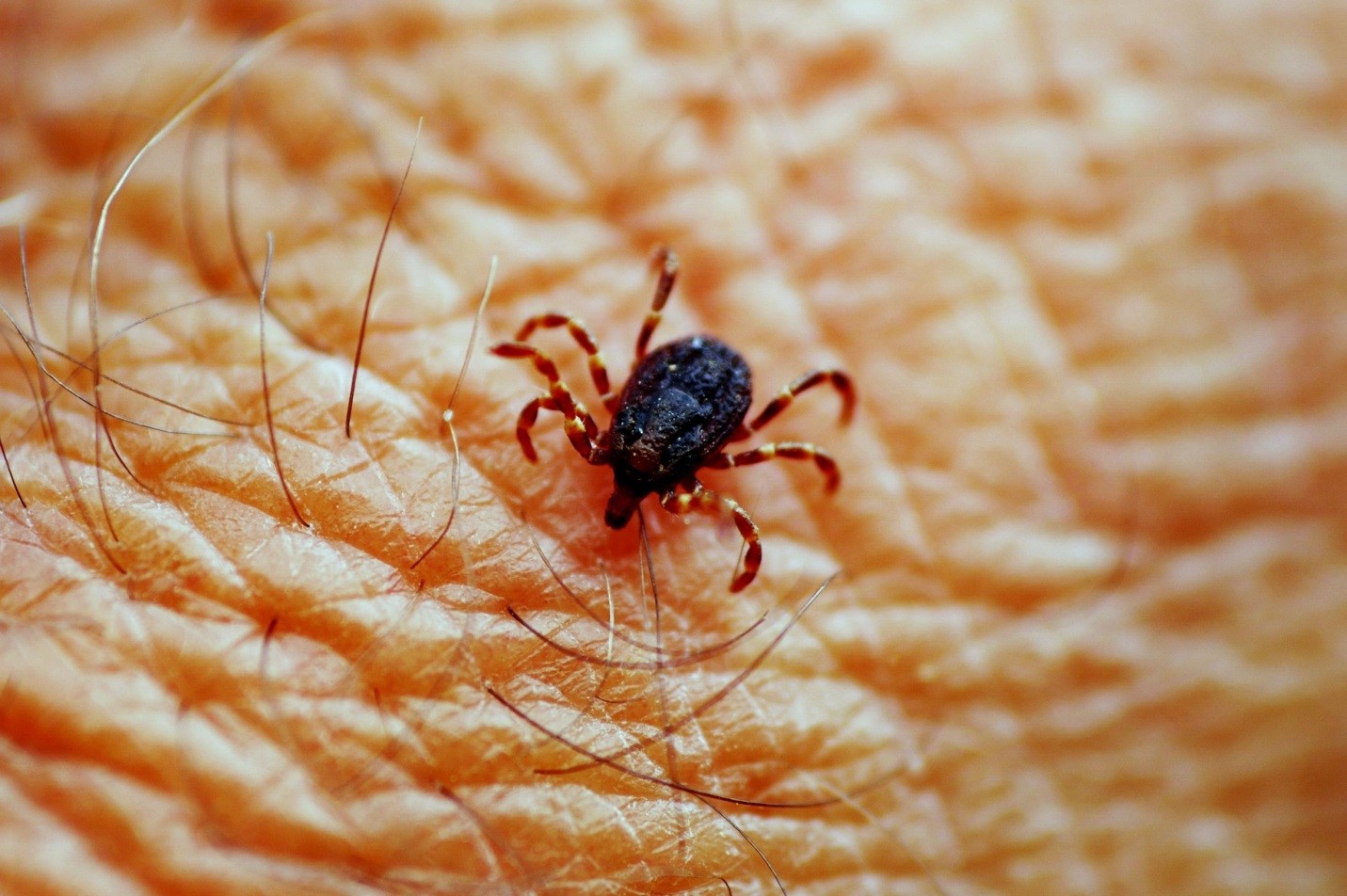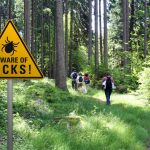Summer May Be Over, but Tick Danger Is Not

If there’s one thing your dog loves more than rolling in the tall grass in the summer, it’s playing in the giant piles of leaves that fill up your back yard in the fall, and on neither occasion is your pet – or you, for that matter – protected from the danger lurking nearby: ticks.
The risk of getting Lyme disease doesn’t decrease as the weather starts to cool. Quite the opposite, says Consumer Reports, indicating that, “by fall, adult ticks have had more time to become infected with disease-causing bacteria.” In some regions, up to 50 percent of the tick populations can carry diseases such as Lyme, compared to only 20 percent in the summer. As long as temperatures stay between 20 and 30 degrees, fall ranks as a high-risk time for the disease.
And even if there were a sudden drop in temperatures during the fall months, that would only bring the blood-sucking menaces closer to your home. Drawn by the heat radiating from the foundations of homes, many female ticks choose to exchange heavily wooded areas for residential properties, where they can find blood meals and shelter for their eggs.
In Canada, the most common tick species likely to bite dogs, cats, horses, and humans and spread Lyme disease in the autumn and winter months are the western blacklegged tick (British Columbia) and the blacklegged tick (other parts of Canada). The adult stages of these species become active as the season changes from summer to fall. They start becoming abundant early in October and will continue to feed actively through the winter, as long as the temperatures are above freezing and the ground is not covered by snow.
To help you and your family stay protected from ticks in the fall and winter months, we’ve put together some tips on how you can keep these dangerous pests far from your home and property.
Fall Tick Control for the Outdoors

The best way to control ticks in the fall is to remove high grass, leaves, and garden litter from around your property. Chemicals should only be used by a licensed pest control professional if large numbers of ticks are present.
- Remove all leaf and garden litter that attract ticks and their potential hosts.
- Regularly clean the ground under bird feeders to prevent attracting small animals, such as mice and chipmunks, that can drop ticks inside the yard.
- Locate swing sets and other play equipment in sunny, dry areas, away from heavily wooded or overgrown areas where ticks can be abundant.
- Some species of ticks prefer the shady, moist areas at the ground level, and by avoiding direct contact with soil, stone walls, vegetation, and leaf litter, you significantly reduce the chance of an encounter.
- Wear light-colored clothing, preferably long pants and long-sleeved shirts, and enclosed shoes when going outside. Tucking pant legs into boots will minimize the chance for a tick to reach exposed skin.
- Keep garbage in tightly-closed bins and don’t put pet food outside or purposely attract and feed wild animals such as raccoons, opossums, squirrels, and deer that may carry ticks.
Fall Tick Control for the Indoors

Although a tick infestation is not likely to occur indoors, it may happen if a fully fed female falls off a pet and manages to lay its eggs inside. This can occur inside bedding, carpeting, furniture, or in the cracks and crevices in floors and walls. To reduce the potential exposure to ticks inside your house, you can do the following:
- Carefully inspect your clothes for ticks before you come inside and check your body once you’re indoors for any signs of ticks or bites.
- If you have pets that regularly go outdoors:
- Groom them carefully each time they’ve been outside
- Keep them off furniture and linens where they can drop ticks
- Ensure your pets sleep in designated areas and check their bedding regularly for ticks that may drop off while they’re sleeping
- Wash all clothing and bedding in hot water; make sure the clotheslines are high off the ground and don’t come in contact with vegetation and debris.
- Use an insect repellent containing DEET on your skin and one containing permethrin on your clothes before going outside.
- As a last resort, you can apply pesticides to infested areas, but preferably with the help of a licensed pest control professional who has access to effective formulations to eliminate and prevent tick infestations.
Before applying pesticides or other chemical control options for tick infestations on your property, it is best to seek the assistance of a professional pest control company in your local area of residence. The PMP will first inspect and sample your property for ticks, as well as for suitable tick hosts that may be living in your attic or crawlspace. If tick levels are high or if you live in an area with a high rate of tick-borne diseases, the application of safe and eco-friendly chemical treatments by a licensed residential pest control professional will guarantee the elimination of disease-carrying tick populations from your home and property.
About the Author
Daniel Mackie, co-owner of Greenleaf Pest Control, is a Toronto pest control expert well-known as an industry go-to guy, an innovator of safe, effective pest control solutions, and is a regular guest on HGTV. Mackie, along with business partner Sandy Costa, were the first pest control professionals in Canada to use detection dogs and thermal remediation for the successful eradication of bed bugs. In his free time, he is an avid gardener.




You must be logged in to post a comment.